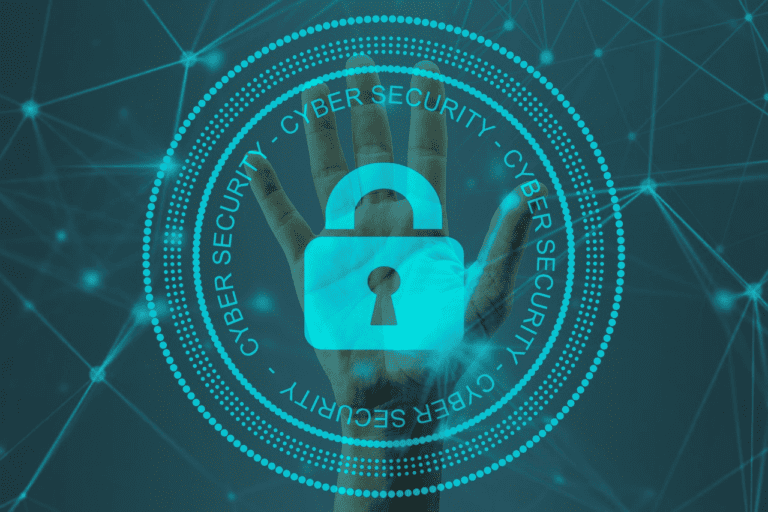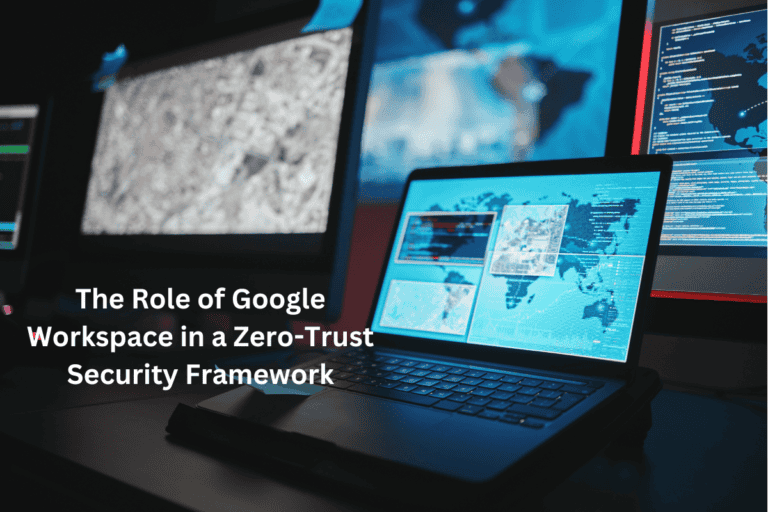The Role of Cybersecurity in Protecting Critical Infrastructure
In today’s highly interconnected world, protecting critical infrastructure is a top priority for governments, organizations, and cybersecurity professionals worldwide.
Critical infrastructure, including energy grids, transportation systems, healthcare facilities, and financial institutions, is essential to a nation’s security, economy, and public safety. The increasing reliance on digital technologies, however, has also made these systems vulnerable to cyberattacks.
Cybersecurity plays a vital role in protecting these assets, reducing risks, and ensuring their stability in the face of evolving threats. A comprehensive approach to cybersecurity is essential to secure these vital systems and maintain public trust.
Addressing Evolving Threats in Critical Infrastructure Cybersecurity
With the rise of digitalization, critical infrastructure has become a prime target for cybercriminals and nation-state attackers. Threats to infrastructure are constantly evolving, with tactics ranging from ransomware attacks to Distributed Denial of Service (DDoS) disruptions. These attacks aim to damage systems, extract sensitive data, or hold critical systems hostage, causing severe economic and operational impacts.
For instance, cyberattacks targeting the energy sector can disrupt power grids, resulting in significant outages that affect millions of people. Transportation systems, including air traffic control and railway operations, also face risks from cyber threats, with the potential to disrupt logistics and compromise public safety.
Healthcare facilities, managing vast amounts of patient data and life-support systems, are increasingly targeted, as well. Attacks on hospitals or clinics could interfere with critical healthcare services, endangering lives and eroding trust.
Building Skills to Safeguard Infrastructure
To meet the demands of this critical field, specialized training is essential. Pursuing an online cybersecurity masters offers individuals the expertise needed to protect critical systems from these threats.
This specialized education provides hands-on training in areas such as network security, risk management, and threat detection, enabling graduates to develop and implement effective cybersecurity strategies across various industries.
Cybersecurity professionals with this training are instrumental in enhancing resilience in industries like energy, healthcare, and transportation. They not only work to protect infrastructure but also to detect intrusions and implement strategies to safeguard essential services.
Continuous professional development is encouraged in this field as new technologies and threats emerge, requiring cybersecurity experts to stay updated.
Implementing Cybersecurity Frameworks for Infrastructure Protection
To protect critical infrastructure, implementing strong cybersecurity frameworks is essential. These frameworks provide guidelines and protocols for identifying vulnerabilities, responding to threats, and recovering from attacks.
Organizations such as the National Institute of Standards and Technology (NIST) have developed widely adopted frameworks that help infrastructure operators manage cyber risks effectively.
A key component of a cybersecurity framework is risk assessment, which helps organizations identify potential threats and their impact on critical systems. Through this process, organizations can prioritize resources, focusing on protecting the most vulnerable and essential parts of their infrastructure.
Additionally, continuous monitoring allows for early detection of unusual activity, enabling rapid response to potential breaches before they escalate.
Another critical aspect is incident response planning. Having a well-defined response plan is essential for minimizing damage in the event of a cyberattack. This plan outlines procedures for isolating affected systems, communicating with stakeholders, recovering data, and helping organizations mitigate the impact of attacks.
Collaboration with government agencies and cybersecurity experts is also crucial, as sharing threat intelligence and resources can enhance an organization’s resilience against cyber threats.
Technological Advancements in Cybersecurity for Infrastructure
Technological innovations play a significant role in strengthening cybersecurity for critical infrastructure. Machine learning, artificial intelligence (AI), and automation are transforming how organizations detect and respond to threats, allowing for proactive measures against potential cyberattacks.
Machine learning, for instance, can analyze large volumes of data to detect patterns that may indicate malicious activity. This ability to predict and identify threats in real-time enables faster responses, helping organizations mitigate risks before damage occurs. AI-powered tools, such as behavior-based intrusion detection systems, are also becoming more prevalent, enabling organizations to identify and respond to suspicious actions swiftly.
Blockchain technology is another promising advancement. It provides a decentralized, tamper-proof method for securing data, which is particularly beneficial for protecting transactions and records within infrastructure systems.
In industries like finance and supply chain management, blockchain is utilized to maintain data integrity, reducing the risk of tampering and unauthorized access.
Additionally, the use of secure, isolated network architectures in critical infrastructure is growing, where segmented networks limit access points and control interactions between systems. By isolating vulnerable systems from the main network, organizations can protect crucial assets more effectively.
Collaborative Efforts to Enhance Cybersecurity in Critical Infrastructure
Securing critical infrastructure requires a collaborative approach involving government agencies, private sector organizations, and international partnerships. Many countries have established dedicated cybersecurity agencies that coordinate efforts to protect infrastructure, set regulations, and provide resources for responding to cyber threats.
These agencies often partner with private companies, sharing intelligence and supporting the development of industry-specific cybersecurity protocols.
Internationally, collaboration is also essential, as cyber threats do not adhere to borders. Initiatives like the Global Forum on Cyber Expertise (GFCE) promote international cooperation by sharing knowledge and best practices for cybersecurity in critical infrastructure.
This exchange of information enables countries to strengthen their defenses, as they can learn from one another’s experiences and collectively combat global cyber threats.
Public-private partnerships are another crucial component of a comprehensive cybersecurity strategy. Many private organizations own and operate essential services, such as energy companies and healthcare providers. By collaborating with government agencies, these organizations can improve their cybersecurity practices, benefiting from the resources and expertise offered by public entities.
Such partnerships help bridge the gap between the technological expertise of the private sector and the regulatory support of government agencies, creating a unified front against cyber threats.
The Future of Cybersecurity in Protecting Critical Infrastructure
As technology continues to evolve, so too will the cybersecurity landscape. Critical infrastructure will likely face increasingly sophisticated threats, emphasizing the need for adaptive cybersecurity measures and ongoing vigilance. Developing resilience against cyber threats will remain essential, as maintaining the safety and reliability of these systems is a top priority.
Looking forward, advancements in AI, blockchain, and secure networking will continue to enhance cybersecurity for critical infrastructure. Additionally, education and specialized training programs will play a crucial role in building a skilled workforce capable of addressing the challenges of tomorrow.
Through collaborative efforts and technological innovation, organizations can better protect essential services, fostering public confidence in the security of critical infrastructure.
All in all, the role of cybersecurity in safeguarding critical infrastructure cannot be overstated. As digital threats grow more complex, a dedicated approach to cybersecurity is essential to defend the systems and services we rely on daily. Protecting critical infrastructure is not only about preventing attacks but also about ensuring resilience and stability in a rapidly changing digital landscape.






